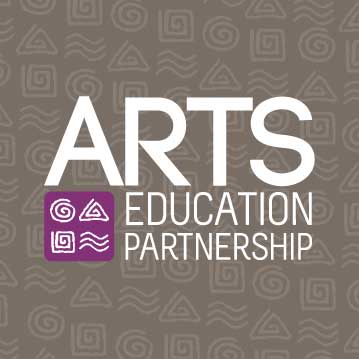Arts in education stakeholders know that learning in and through the arts can enhance the learning experience, deepen engagement with a subject and inspire innovative thinking across academic disciplines. This month the National Assessment Governing Board released the fifth National Assessment of Educational Progress (NAEP) in the Arts, also known as the Nation’s Report Card. The 2016 Nation’s Arts Report Card demonstrates that creativity—a skill in such demand in our fast-paced information age—is learned and can be assessed. The report also highlights how the availability of resources and opportunities in arts education may relate to student achievement.
The release of the 2016 Nation’s Arts Report Card, the first since 2008, reaffirms that the arts are an essential component of a well-rounded education, while also demonstrating that learning in the arts is rigorous and measurable. It shows that access to music and visual arts classes at the eighth-grade level remained steady over the past eight years, and students’ scores on the assessment have also remained stable. However, the results also show significant differences in achievement and access between ethnicity, geographic regions, socio-economic status and gender.
Highlights from the report include:
- In responding to music, girls outscored boys by 15 points, and by 14 points in responding to visual arts.
- Students eligible for free and reduced lunch scored an average of 26 points below their peers who were not eligible for the free and reduced lunch program in music, and 22 points below their peers in visual arts.
- Students in the Northeast have greater access to visual arts in school and, on average, score higher in visual arts than their peers in other regions.
- On average, Hispanic students scored higher in both music and visual arts in 2016 than they did in 2008, narrowing the achievement gap with White students by 9 points in music and 7 points in visual arts.
This release comes at a unique moment in education policy, as states across the country continue to develop and refine implementation plans for the Every Student Succeeds Act (ESSA). A critical shift in ESSA is the replacement of the term “core academic subjects” with well-rounded education. Appearing more than 20 times throughout the law, a well-rounded education – which includes the arts and music – opens many doors to expand the arts learning opportunities for students across the country. You can learn more about opportunities for the arts within ESSA by visiting the Arts Education Partnership (AEP) ESSA Resource Page.
AEP, in conjunction with our partner organizations, released an initial set of resources as part of the Maximizing the Nation’s Arts Report Card tool kit. These resources include an overview of the NAEP Arts Assessment, a shareable infographic on key takeaways, background on arts assessment practices across the country and ideas for engagement at the community level.
AEP and our partner organizations will continue to analyze this new data and share additional reports in the coming months. Be sure to subscribe to the Arts Ed Digest and follow us on Twitter as we continue to highlight how the Nation’s Arts Report Card reinforces the importance of creating, maintaining and expanding access to arts education for all students.







